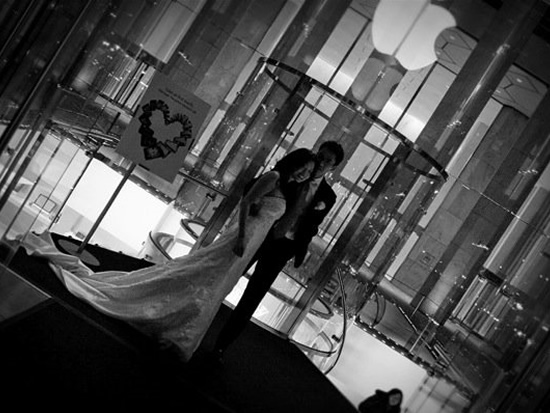A brand church, much like a traditional retail space, is defined by its architecture, rituals, and representatives. But in the elevated showcase, products are defined by a grander experience — one that taps into our sensory landscape through smells, sounds, and texture. The evolution of the brand church has not been forced upon consumers by overzealous brands. It is the logical extension of our attachment to the products with which we identify.
Borrowing from religion, brands are cherry-picking rituals to forge stronger brand identities. To a degree, this comes in response to shoppers who increasingly demand moral fiber and civic values from brands–outward expressions of positive endorsements, charity campaigns, or ethically religious business practices. The pinnacle of brand exposure is the hallowed space of the brand church. The most sophisticated brands ‘are those that not only anchor themselves in tradition but also adopt religious characteristics.’ It’s not much of a stretch to think of a few brand messiahs. Microsoft has Bill Gates (saving the world and passing the collection plate), Omnimedia has Martha (risen from the dead), and Apple has Steve Jobs (the second coming).
-Lucas Conley, in the book Obsessive Branding Disorder
This recent story about a couple getting married in an Apple Store with a minister dressed similar to Steve Jobs and quotes of the Apple CEO read during the ceremony only takes this metaphor of the brand church even further.
It’s probably cooler than getting married by a justice of the peace (boring), but still kind of embarrassing if you ask me.

Leave a Reply